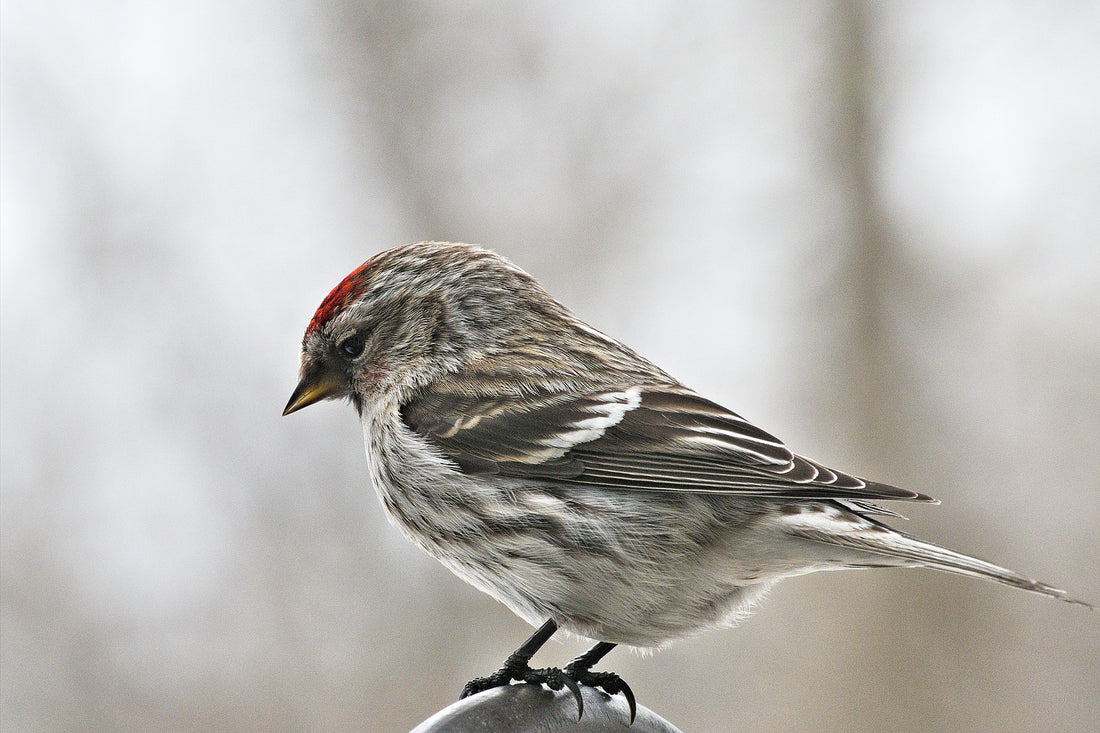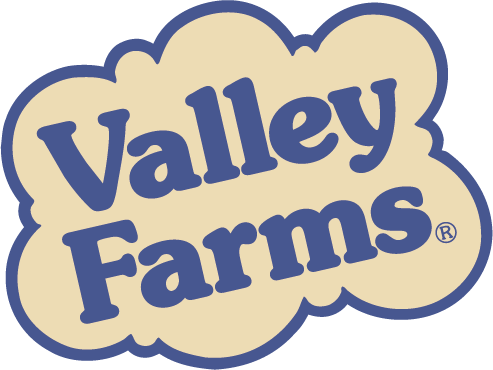
The Winter Finch Forecast for 2022-2023: Projections, Predictions, and What to Expect
Share

Each fall, birders eagerly await the annual Winter Finch Forecast. This forecast attempts to predict the movements of nomadic winter finches.
Lack of ample resources may cause finch species to head further south than normal, resulting in an irruption. Winter finch irruptions can be difficult to predict unless you know how to analyze the status of wild food crops such as spruce cones and mountain ash berries in Canada. The Winter Finch Forecast was once compiled by ornithologist Ron Pittaway but has since been passed down to biologist and ecologist Tyler Hoar. Hoar develops the forecast based on his own research, input from his colleagues at the Finch Research Network, and insight from various other volunteers. Analyses are strongly guided by food supply and how that impacts the ravenous finches of Ontario’s forests.
The recent release of this year’s report shows birders what they can expect for winter finch movement this winter, and covers a bit of bonus information about a few species of irruptive passerines. While these are just predictions, they may help birders get an idea of what to expect as far as winter finch movement so they can stock up on finch bird food. Keep reading for highlights from the 2022-2023 Winter Finch Forecast.

Pine Grosbeaks
Starting at Lake Superior and extending to the west are the areas expected to have above-average native mountain-ash berry crops, with several sections seeing bumper crops. This should reflect significant Pine Grosbeak movement in traditional areas in the upper Midwest states all the way east to New England.

Evening Grosbeaks
This bird’s breeding population has increased in Eastern Canada westward to Manitoba, likely due to increasing spruce budworm outbreaks in Northeastern Ontario and Quebec. This will cause a lot of movement for Evening Grosbeaks in winter 2022-2023. The long-distance flights of October 2020 may repeat themselves, which could result in these finches flying quite far south into the US. For the best finch bird food, feed them black oil sunflower seeds, as this will help keep their energy up for flight.

Purple Finches
The large Spruce Budworm outbreaks in the eastern boreal forest are expected to incite a major winter migration for Purple Finches from Eastern Canada.

Common and Hoary Redpolls
Hoar predicts that common and hoary redpolls will have the largest movement of all the finches this winter. The western boreal forest reflects an average birch and Alder crop, which suggests a potential for moderate to good flight southbound out of the boreal forest. Birders are advised to look for redpolls on birches, in weed-filled fields, and at backyard bird feeders filled with nyjer and black oil sunflower seeds.

Pine Siskins
The bumper spruce crop of western Canada may cause Pine Siskins to stay put. Those who spent the autumn in the east are expected to fly south in search of food. Pro tip: this species favors nyjer seeds in silo feeders, so if you’re looking to support them on their journey, fill your feeders accordingly!

White-Winged Crossbills
These birds are spending their winter in the west due to a bumper White Spruce crop and robust crops of other conifers in the boreal forest. The range is from northwestern Ontario to northern British Columbia and then south through the Rocky Mountains.

Red Crossbills
Unlike their white-winged counterparts, Red Crossbills will remain common in eastern Massachusetts and along the coast of Maine.
For commentary on the report and a closer look at what experts Matt Young and Tyler Hoary (both of the Finch Research Network) have to say, watch the video below!
Valley Farms Wild Finch Mix Wild Bird Food
$35.80

Valley Farms Cardinal Mix Wild Bird Food
$21.60

Valley Farms Hearty Delight Wild Bird Food
$26.00

Those interested may view the full report at the Finch Research Network.
As a backyard birder, you can do your part by ensuring that your feeders are filled with plenty of finch bird food. Wild finch bird seed can be purchased individually or in bulk directly at Valley Farms® or from our Amazon storefront. Happy feeding!
